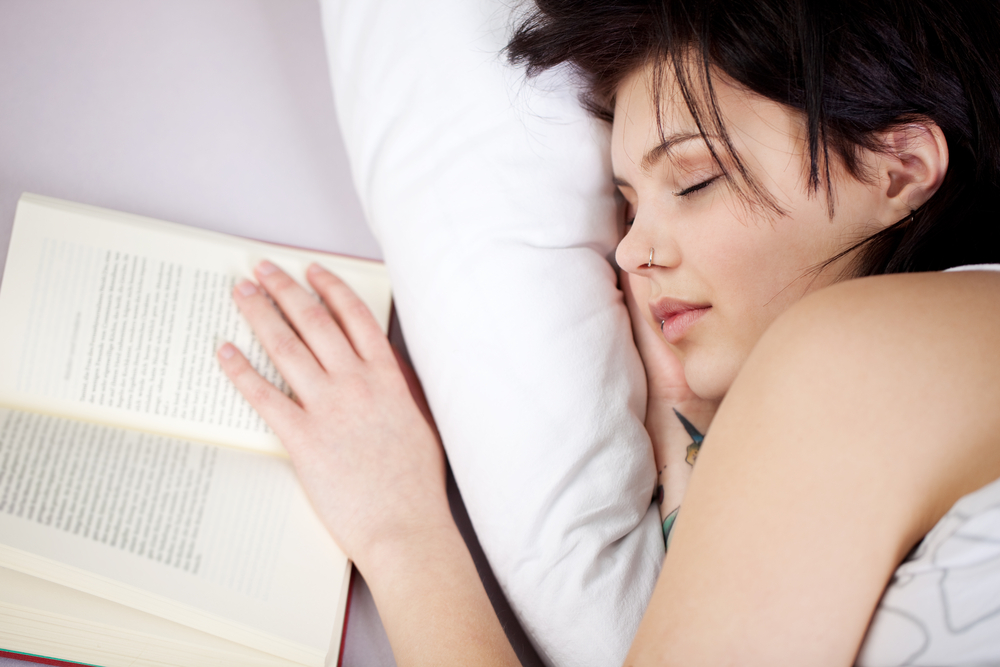
Psychologist Alicia Clark P.h.D. states that “inadequate sleep can cause an uptick in anxiety and conversely, anxiety can cause an uptick in poor sleep and if allowed to snowball, you’ll be an exhausted, anxious wreck.”
According to the Anxiety and Depression Association of America, those who suffer from depression or anxiety claim an increase in their anxiety due to lack of sleep with 52 percent of men and 42 percent of women stating it directly affected their ability to remain focused the next day.
Without quality sleep, the body cannot repair and becomes a state of sleep deprivation that stacks nightly. This leads to a rapid decline of behavioral response including moodiness and irritability.
Being a part of a state’s mandatory lockdown or quarantines is not helping since anxiety is becoming more frequent with job loss, online learning for children, or working from home.
With the coronavirus pandemic at the center of our anxiety, many frequent dreamers are seeing a shift in their dreams. Robyn Burroughs, a wife and mother of two from Indiana, classifies herself as a vivid dreamer with stress being a trigger to remembering her dreams. However, Burroughs, like many in the center of abnormal circumstances, has seen a shift in her dreams.
“My dreams have definitely shifted into extremely vivid and very odd dreams,” said Burroughs. “Sometimes pulling people, places and things from my past and sometimes not related to anything I’ve ever experienced. I’ve had some very spiritual dreams as well.”
Why do we dream?
During rapid eye movement (REM) sleep, the most vivid dreams occur. As you fall asleep, you become physically paralyzed during REM with periods every 90 to 120 minutes of sleep. Weekends are a frequent occurrence for dreams because we tend to stay up later and sleep in longer without work.
Oddly enough, 12% of dreamers see only black and white and within five minutes of waking up, 50% of your dream is forgotten. On average, you spend six years of your life dreaming with about four to seven dreams every night.
REM Sleep Disorders
The Lyon Neuroscience Research Center study found a 35 percent increase in dream recall and a 15 percent increase in negative dreams during the coronavirus. Per a National Geographic article, the study discovered a difference of dreams from essential to nonessential workers: “for people not on the front lines of healthcare and emergency response, fears of the novel coronavirus are projected onto threats like zombies, bugs, and shadowy figures, which represent the pandemic metaphorically.”
Find Your Routine
One good way to settle into a restful night is routine. Pete Bils, vice president of Sleep Science and Research at Sleep Number, notes that when we are anxious, cortisol is released into the bloodstream which is like a shot of caffeine at bedtime. A few good routines to begin or amp up during the stress of coronavirus include:
Journaling can be a step towards an anxiety-free night. The lows also can help journal and think about all the negatives and positives that could occur. We offer five reasons why you should write down your dreams as a way to start. The positive news is that you can control your sleep problems without the need to add medications. Dr. Lara Schuster Effland, LCSW, finds practical tips for the mind and body to aid with the stress.
Unplugging from your phone an hour before bed. The blue light emits negative energy into your sleep space. Restrain your eyes from the allure of the phone and the fear of missing out and read a book or meditate before bed.
Turning off the news after dinner. Stop searching for what is happening in the world relating to coronavirus. It will be there when you wake up.
Adjust the temperature when you sleep preferably to the 60s. When entering the rapid eye movement cycle, your body loses its ability to sweat causing the body to align with the room temperature. When too warm or hot, your body wakes you up and it is hard to fall back asleep. Lok at a cooling mattress, sheets or pillow to bring cooler temperatures to your room if you do not have air conditioning or live in humid environments.
For Burroughs, she recognizes a need for a routine at bed which includes relaxing from the news of the world with a few favorite shows like Frasier or The Golden Girls. Unplugging from the anxiety that cannot be controlled is sometimes the medicine your body needs for the brain dump of the day.
If you have children at home with online learning or alternate at home learning, it is important to know they may have frequent nightmares as well during this pandemic. Your best defense is providing them an avenue for discussion, even if in the middle of the night, and a good night sleep.
The AASM recommend the following minimum and maximum hours each age group should regularly sleep during a 24-hour period for optimal health:
Ages 4-12 months: 12-16 hours (including naps)
Ages 1-2 years: 11-14 hours (including naps)
Ages 3-5 years: 10-13 hours (including naps)
Age 6-12 years: 9-12 hours
Age 13-18 years: 8-10 hours
If you have experienced vivid dreams and want to share your dreams with researchers, there are a few ways to help others who suffer long term from anxiety-ridden dreams. Lockdown Dreams at UCL in London is studying the psychoanalysis of dreams relating to the pandemic. Another study in the San Francisco Bay area is recording dreams as part of their study. You can submit your dream to the I Dream of Covid blog.
If you are in a pattern of sleepless nights that are negatively affecting your health, your family, or your career, connect with the Alaska Sleep Clinic for a free consultation. Our sleep medicine specialists offer the help needed to get back on track with a quality, healthy night’s sleep.








